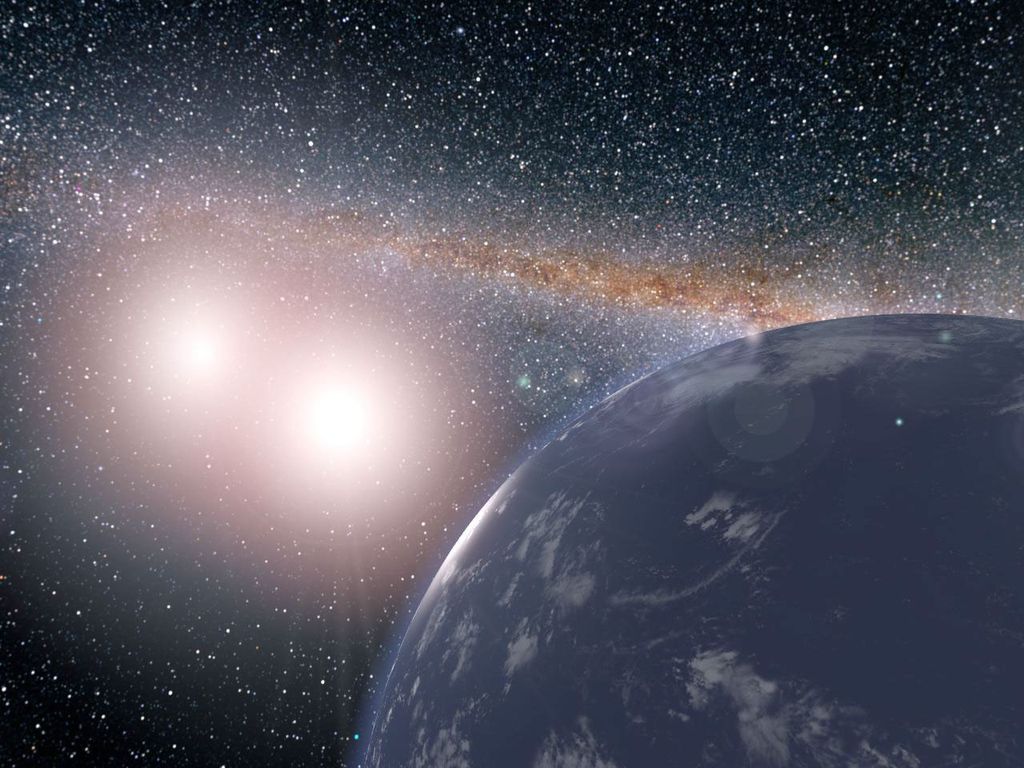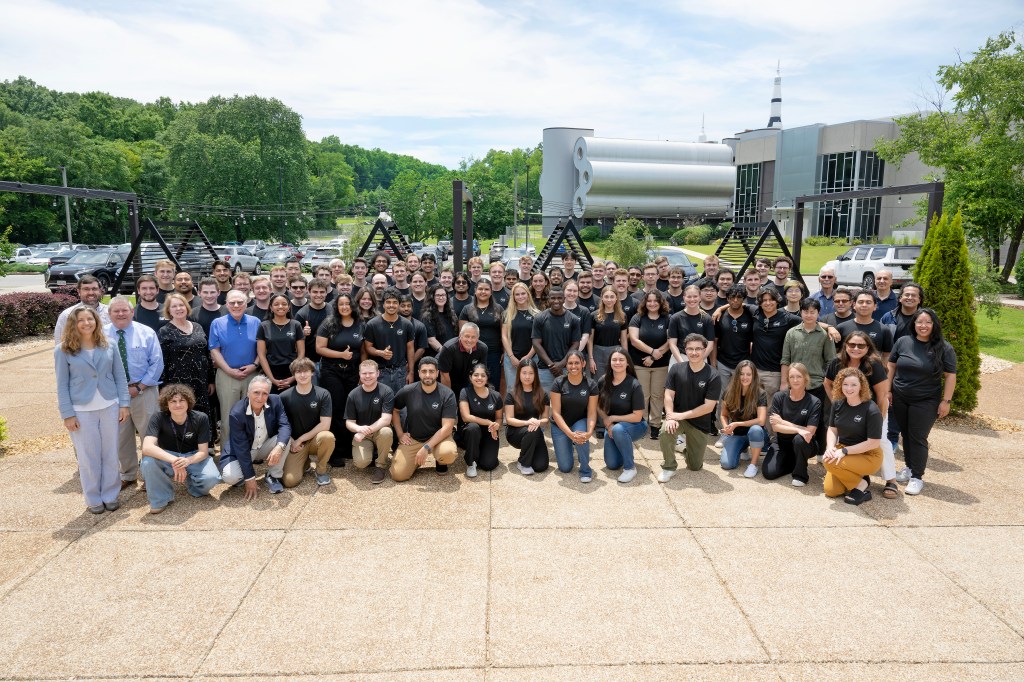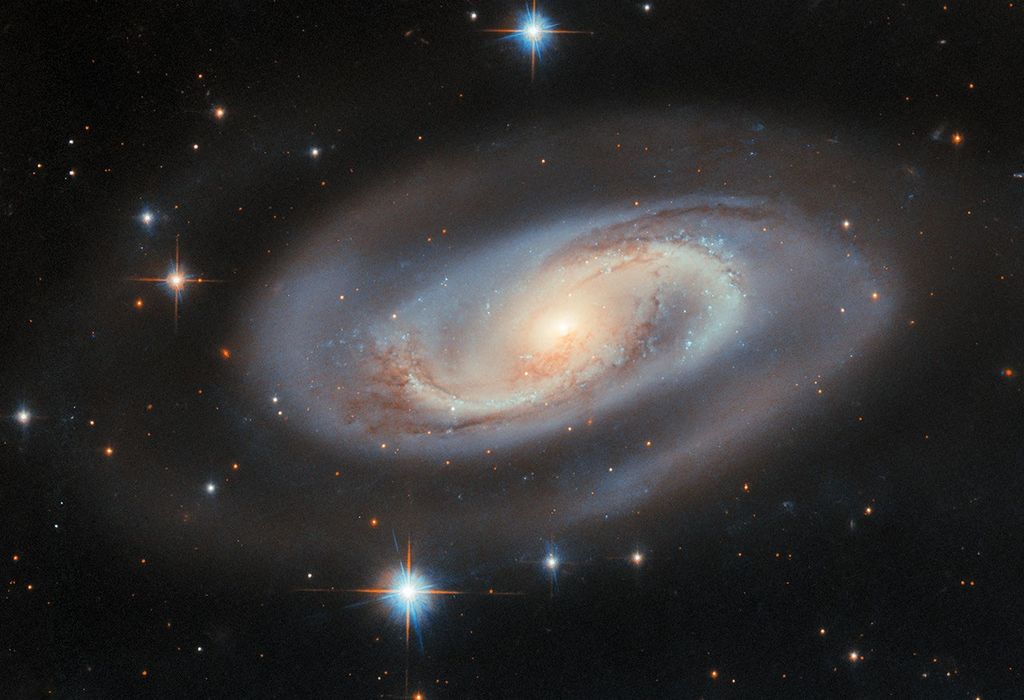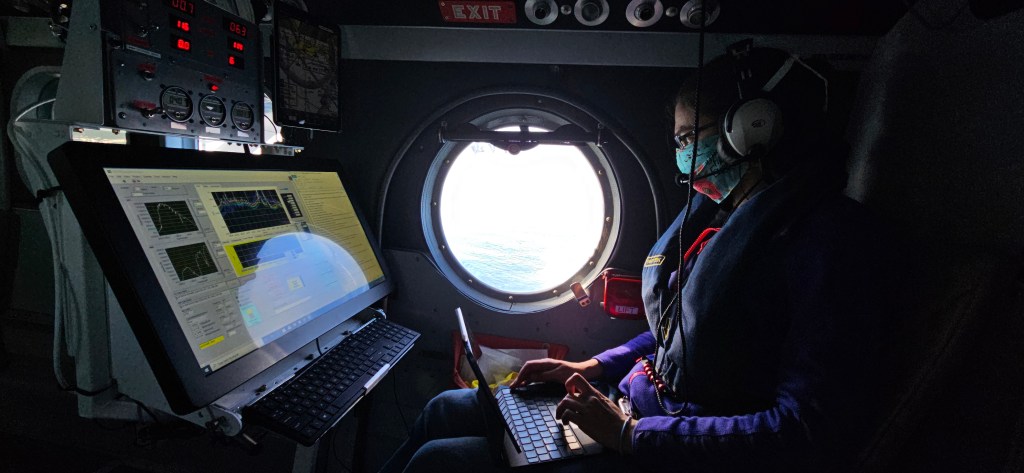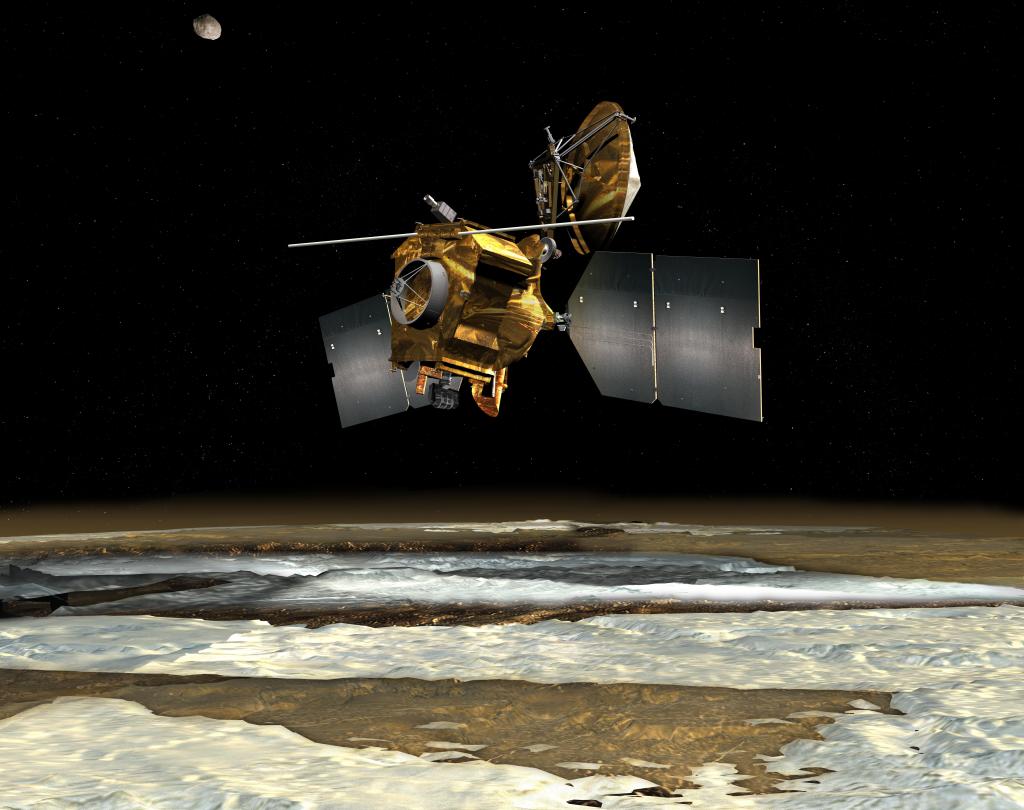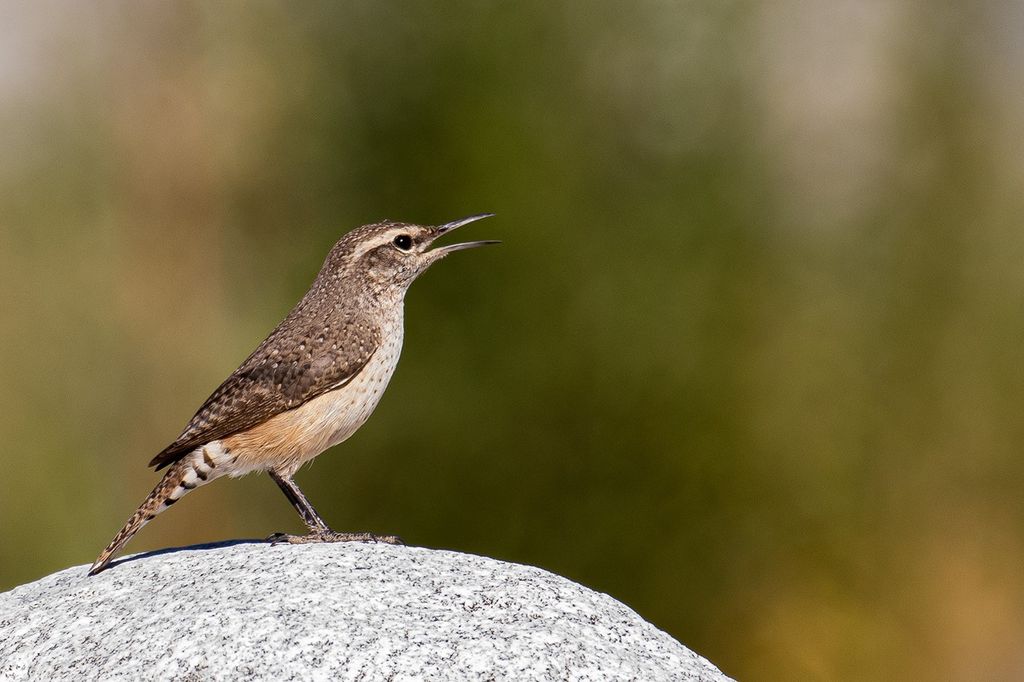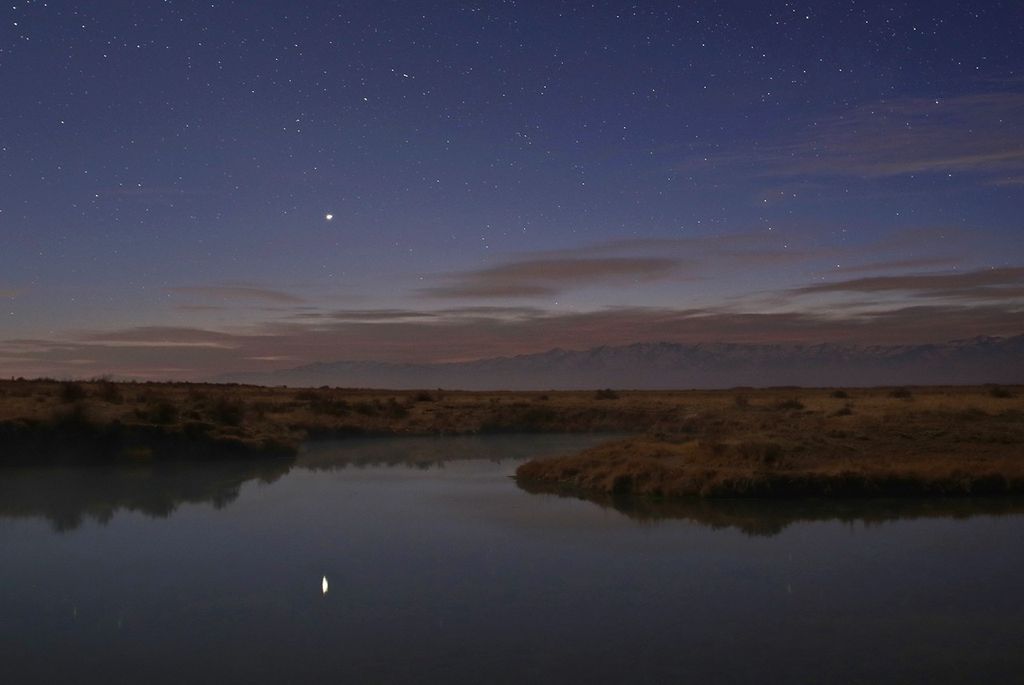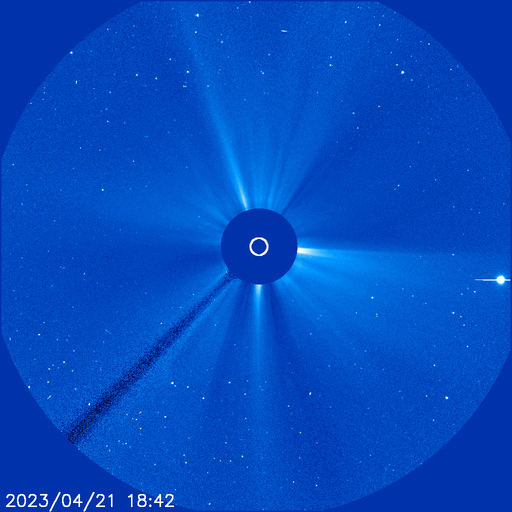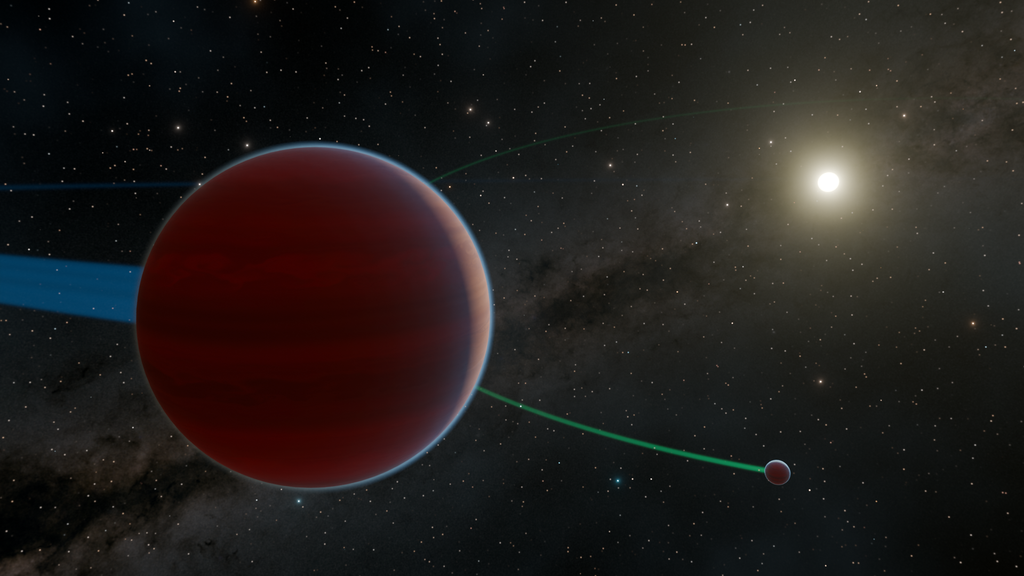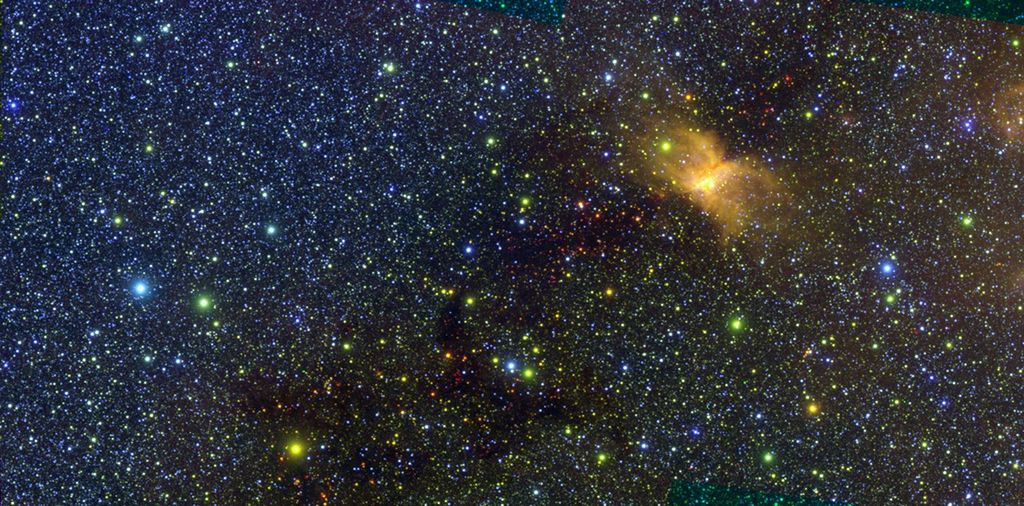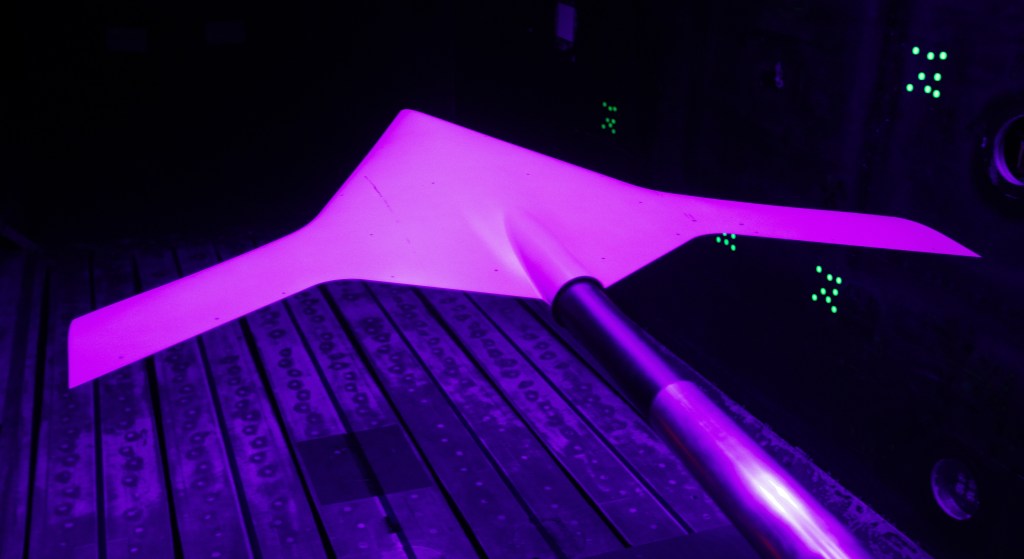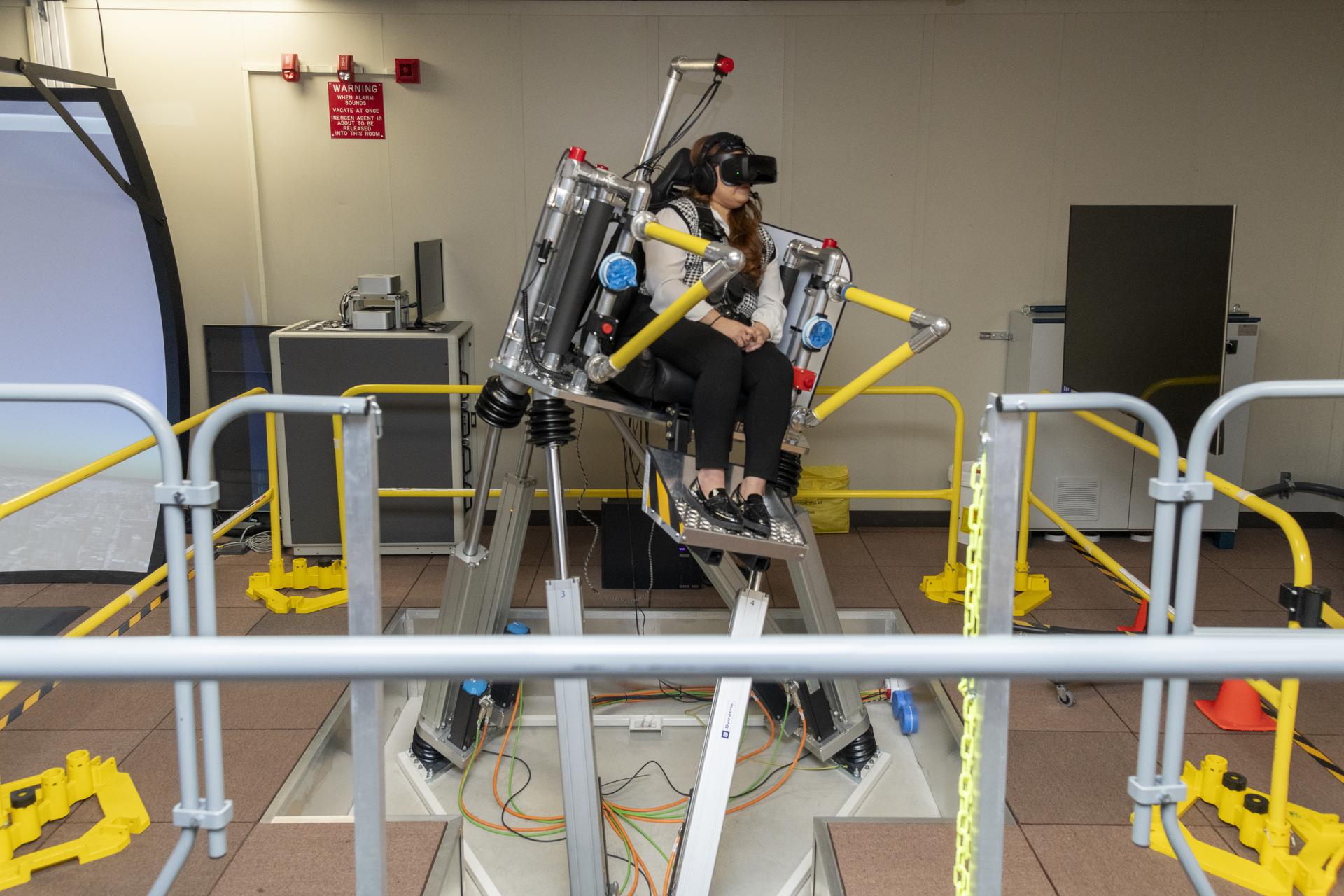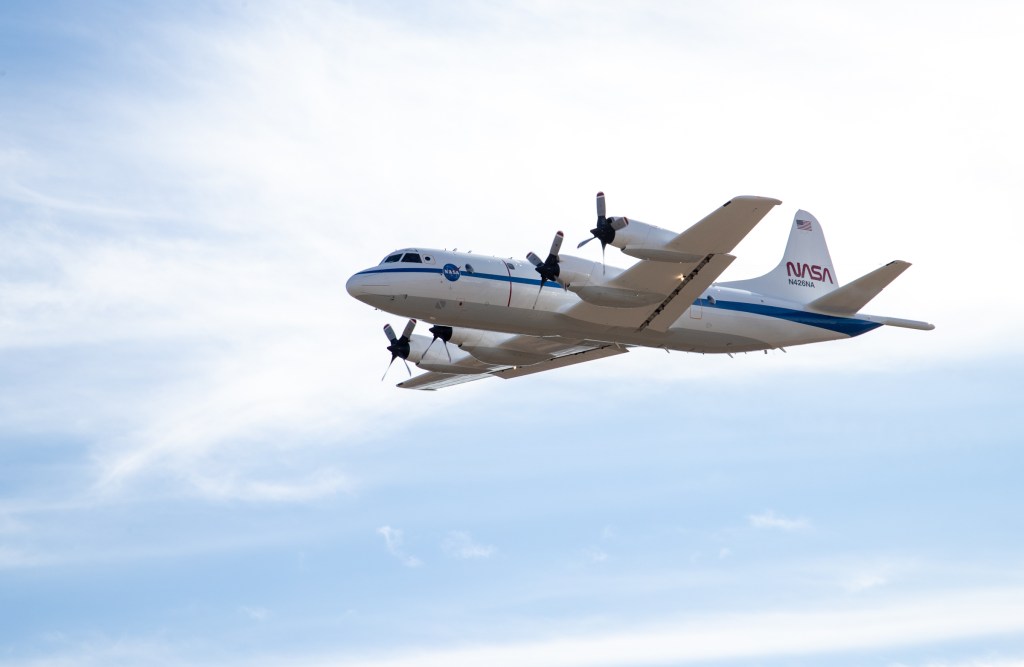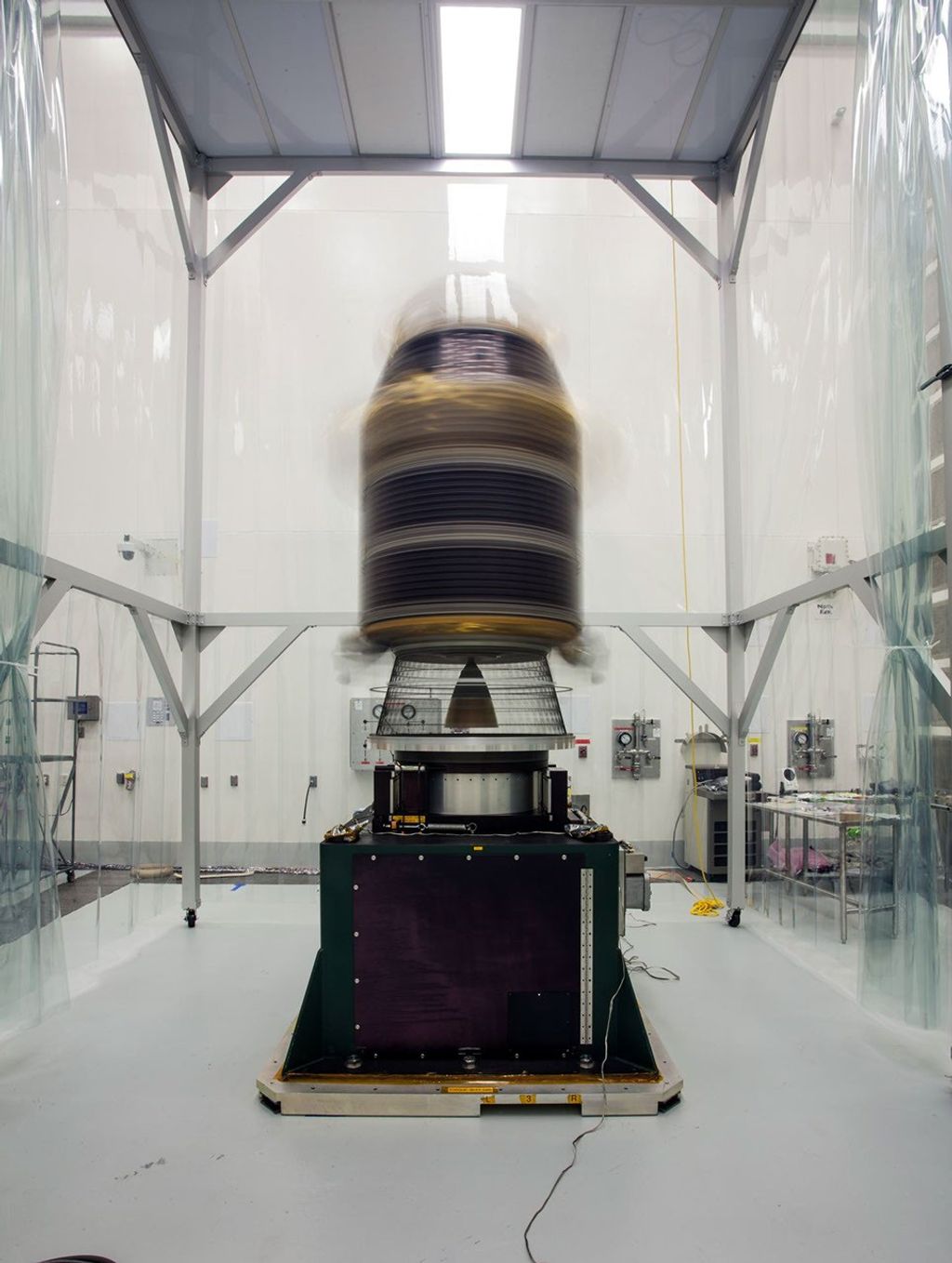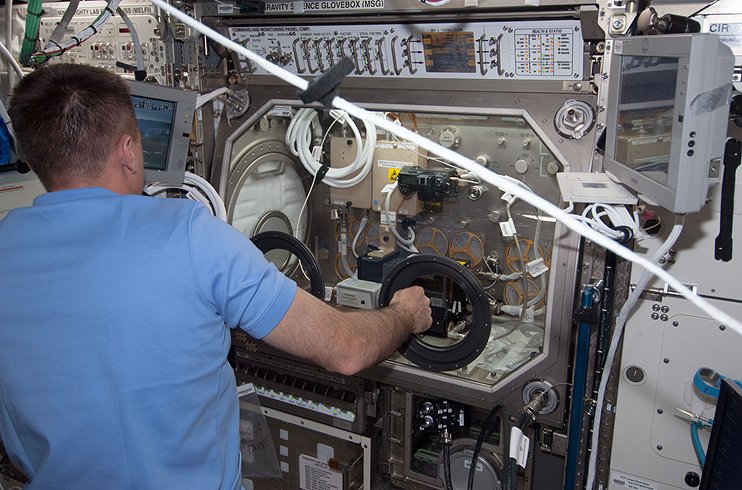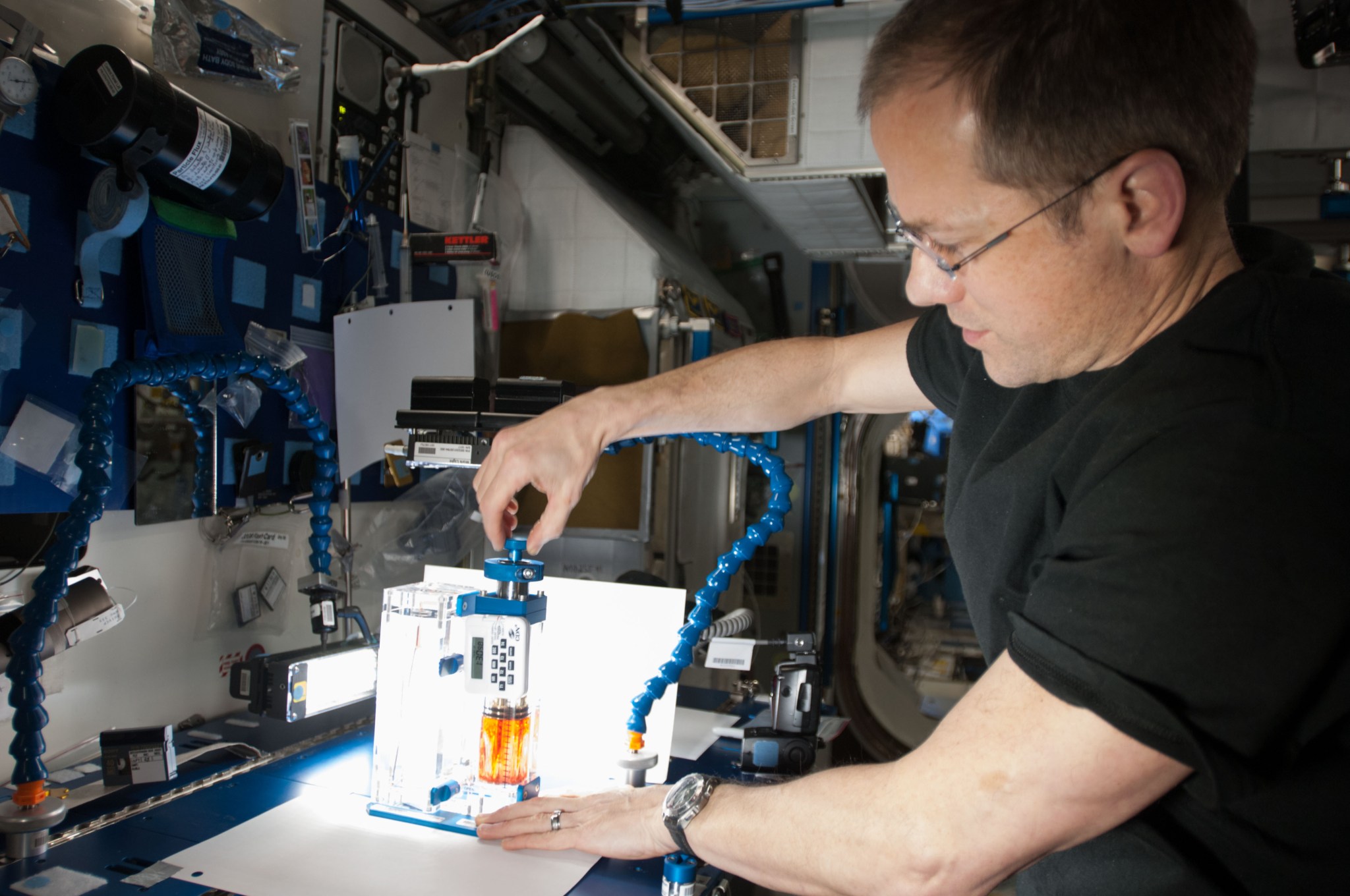Communications from space are not as easy as just picking up a cell phone to reach out and touch someone. An Earth-to-ground chat comes at a premium; so, it’s no surprise that two simultaneous chats would be something to celebrate. Payload developers and NASA’s Payload Operations Integration Center team at the agency’s Marshall Space Flight Center in Huntsville, Ala., are celebrating this advance, thanks to a communications hardware upgrade.
April 12 marked the first time in the history of the International Space Station that two researchers talked to two crew members for two different science investigations – the result of a new capability that allows for additional space-to-ground (S/G) voice channels. The new voice channels, called S/G3 and S/G4, use Ku-band for both two-way voice and data transmission, as well as video and high-speed data to Earth.
“Enabling scientists to interact directly with the crew allows for real-time modifications in science experiments,” said NASA’s International Space Station Program Scientist Julie Robinson, Ph.D. “[The new S/G voice channels] provide the principal investigator with the ability to observe his or her science real-time as the astronaut works, make observations as the science occurs, and then direct changes based on those observations.”
NASA also has the S/G1 and S/G2 channels, which use S-band. S-band transmits two-way voice, commands and data between ground stations and the space station.
“Having four space-to-ground [channels] has enabled multiple researchers to interface directly with multiple crew members at the same time, thus improving the efficiencies of science,” said Tim Horvath, lead payload operations director at Marshall.
The two science investigations performed in orbit for this milestone were the Burning and Suppression of Solids (BASS) study and the Capillary Flow Experiment (CFE). The researcher for the BASS investigation was interacting with the space station crew from Glenn Research Center in Cleveland. The researcher for the CFE study was at Portland State University in Oregon.
BASS examines the burning and extinction characteristics of a wide variety of fuel samples in microgravity. The investigation will guide strategies for extinguishing accidental fires in space. Results of the study also contribute to the combustion computational models used in the design of fire detection and suppression systems in microgravity and on Earth.
CFE is a suite of fluid physics experiments that investigate capillary flows and flows of fluids in containers with complex geometries. Results will improve current computer models used by designers of low-gravity fluid systems and may improve fluid transfer systems on future spacecraft. Knowledge gained from capillary flow experiments also is being applied to lab-on-a-chip technology used to analyze blood samples specifically to detect HIV, hepatitis and other infectious diseases.
With about 200 investigations to be conducted across the international partnership during Expedition 35 and 36, this new communications upgrade paves the way for the ability of the crew and scientists to perform more hours of research every day.
Watch the Space Station Live: Station Communications Upgrade to learn more.

